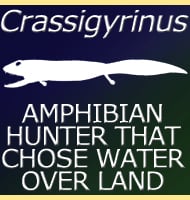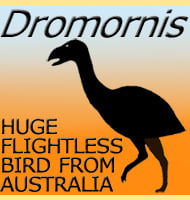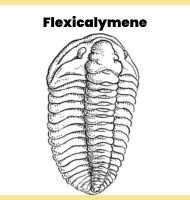In Depth
Triodus was similar to other sharks such as Xenacanthus and Orthacanthus, and it too also seems to have lived in the freshwater swamps and waterways that covered much of ancient Europe and North America. Fossil evidence of Triodus shows that it actively pursued prey like juvenile amphibians (still in their larval stages, they probably could not climb onto land to escape), which were swallowed tail first. Like others of its group, Triodus probably wasn’t a strong swimmer, but because of its eel like body, it could easily squirm into tight places in both the pursuit of its prey and hiding from other larger predators.
Further Reading
Further reading- Early Pennsylvanian Xenacanth Chondrichthyans from the Swisshelm Mountains, Arizona, USA. – Acta Palaeontologica Polonica 54(4):649-688. – G. D. Johnson & D. W. Thayer – 2009. – The first Western Gondwanan species of Triodus Jordan 1849: A new Xenacanthiformes (Chondrichthyes) from the late Paleozoic of Southern Brazil. – Journal of South American Earth Sciences. 80: 482–493. – Victor E. Pauliv, Agust�n G. Martinelli, Heitor Francischini, Paula Dentzien-Dias, Marina B. Soares, Cesar L. Schultz & Ana M. Ribeiro – 2017.









